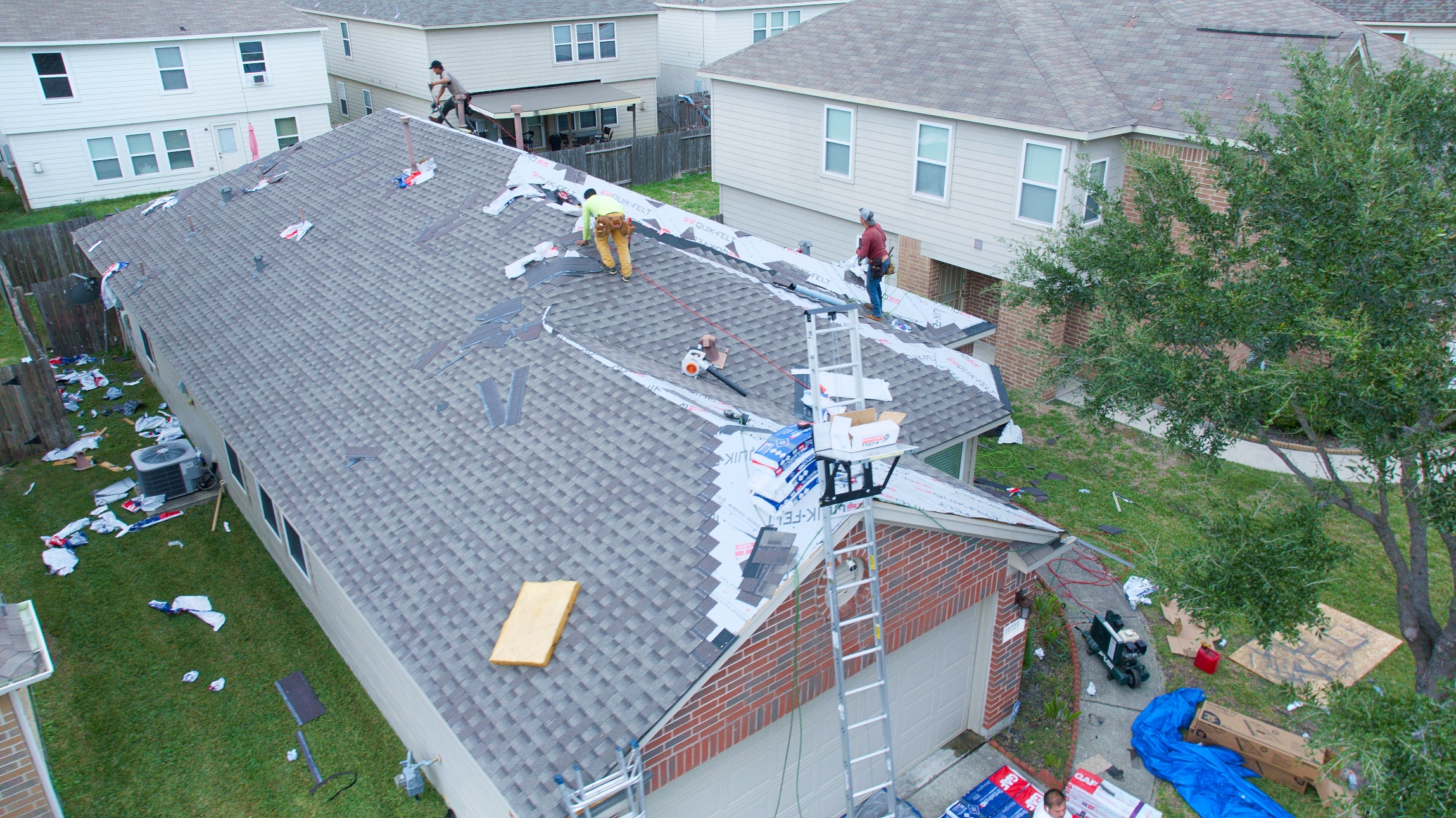Schedule Regular Roof Inspections
One critical step in protecting your roof from storm damage is to have regular, thorough inspections. These examinations allow professionals to identify any existing damage or areas of weakness that could become problems during a storm. A comprehensive inspection will check for missing, damaged, or aging shingles, seals, cracks, and gaps, and ensure that all flashings are firmly secured and in good condition. Catching and addressing these issues early can prevent minor damage from escalating into significant repairs down the road.
Clean Gutters and Downspouts
Ensuring that your gutters and downspouts are clear of debris is essential for protecting your roof from storm damage. Clogged gutters can cause water to pool and back up onto your roof, leading to increased pressure and potential water damage. Before storm season, meticulously clean all gutters and downspouts, removing leaves, twigs, and any other obstructions to ensure proper water flow away from your roof and foundation. This preventive measure significantly decreases the risk of water-related damage to your roof during heavy rains.
Trim Trees and Secure Loose Objects
Large tree branches can significantly threaten your roof during a storm, especially in strong winds. Trimming any branches hanging over your roof reduces the risk of damage from falling limbs. Additionally, securing loose objects around your property, such as patio furniture, garden tools, and outdoor decorations, helps prevent these items from becoming airborne projectiles during high winds. Identifying potential hazards around your home and securing them safely can minimize the risk to your roof.
Strengthen Your Roof Structure
Enhancing your roof’s structural integrity is a proactive way to safeguard it against the severe impacts of storms. Techniques such as installing additional roof supports or reinforcing weak spots can provide added protection. Investing in high-quality, durable roofing materials is another effective strategy. Materials like impact-resistant shingles or metal roofing can withstand high winds, heavy rain, and hail, reducing the risk of significant damage.
Install Storm-Resistant Roofing Materials
Choosing the right materials for your roof can make a significant difference in its ability to withstand severe weather. Storm-resistant materials, such as impact-resistant shingles or metal roofing, are designed to endure extreme conditions, providing better protection against wind uplift and hail impact. Investing in these materials not only enhances your roof’s durability but also offers long-term savings by reducing the frequency and severity of storm-related repairs.
Ensure Proper Roof Ventilation
Proper roof ventilation is crucial for maintaining your roof’s overall health and durability. A well-ventilated roof will prevent moisture buildup, which can lead to mold, rot, and structural damage over time. Additionally, adequate ventilation can help reduce the risk of ice dams forming during winter storms, which can cause significant damage to your roof and gutters. Assess your home’s ventilation system and make any necessary upgrades or repairs to ensure optimal airflow and protection against storm damage.
Post-Storm Roof Inspection and Necessary Repairs
After a storm, conduct a thorough roof inspection and make any necessary repairs to protect your roof from further damage. Even if your roof appears to be intact, hidden issues may have occurred, such as loose or damaged shingles, leaks, or weakened structural components. By promptly addressing these issues, you can prevent more extensive damage in the future. Hiring a professional roofing contractor is recommended as they have the expertise to identify and address even the smallest signs of damage.
For expert advice and reliable roof maintenance services in Houston, contact Storm Choice Roofing. Our experienced team is ready to provide comprehensive solutions tailored to your needs, ensuring your home is well-protected and aesthetically pleasing.


